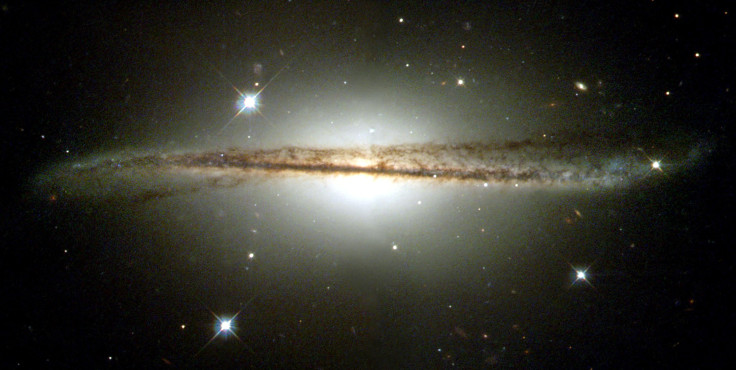Bizarre Milky Way Star Suggests Dwarf Galaxy Merge

Astronomers observed strange chemistry in a star unlike any other star in the Milky Way Galaxy. This unique chemical composition suggests that the star was part of a dwarf galaxy that merged into our own Milky Way.
The Large Sky Area Multi-Object Fiber Spectroscopic Telescope (LAMOST) survey noticed that the star named as J1124+4535, located in the Big Dipper, has an unusual chemistry. Primary observation revealed that the star had fewer elements like magnesium. A follow-up survey confirmed the low levels of magnesium, but findings showed an excessive level of europium.
As abundances of magnesium and europium for individual stars in the Milky Way are observed across a variety of spatial locations, the comparison provides strong evidence of chemical evolutionary methods of galaxies.
The unique data of element ratio has not been found in other stars in the Milky Way during previous observations. Based on the composition of the observed star that does not match any other star in the Milky Way, astronomers suggested that 1124+4535 must have formed elsewhere.
The star J1124+4535 was compared to those in other dwarf galaxies orbiting the Milky Way. Simulation models revealed that the star was once part of an orbiting galaxy that merged with our galaxy.
“Galaxy evolution models and simulations suggest that galaxies like the Milky Way grow by absorbing neighboring dwarf galaxies,” a report from Science Daily read. “Thus it makes sense that J1124+4535 was born in a now-vanished dwarf galaxy which merged into the Milky Way.”
The researchers were a group of astronomers from the Key Laboratory of Optical Astronomy, National Astronomical Observatories, Chinese Academy of Sciences at Beijing, China.
The research was posted on the journal of Nature Astronomy on April 30.
© Copyright IBTimes 2024. All rights reserved.





















